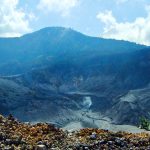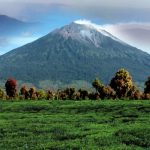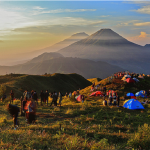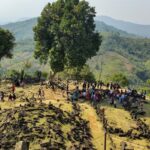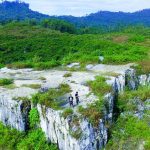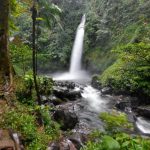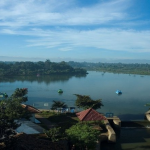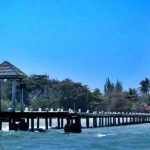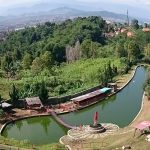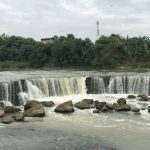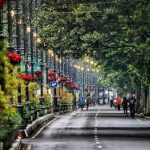Jawa Barat
West Java
West Java
Gemah Ripah Repeh Rapih - fertile Prosperous Peacefull and Secure
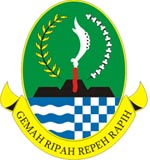 West Java (Indonesian: Jawa Barat; Sundanese: ᮏᮝ ᮊᮥᮜᮧᮔ᮪) is a province of Indonesia on the western part of the island of Java, with its provincial capital in Bandung. West Java is bordered by the province of Banten and the special region of Jakarta to the west, the Java Sea to the north, the
province of Central Java to the east and the Indian Ocean to the south. The province is the native homeland of the Sundanese people, the second-largest ethnic group in Indonesia after the Javanese.
West Java was one of the first eight provinces of Indonesia formed following the country’s independence proclamation and was later legally re-established on 14 July 1950. In 1966, the city of Jakarta was split off from West Java as a ‘special capital region’ (Daerah Khusus Ibukota), with a status equivalent to that of a province, while in 2000 the western parts of the province were in turn split away to form a separate Banten province.
West Java (Indonesian: Jawa Barat; Sundanese: ᮏᮝ ᮊᮥᮜᮧᮔ᮪) is a province of Indonesia on the western part of the island of Java, with its provincial capital in Bandung. West Java is bordered by the province of Banten and the special region of Jakarta to the west, the Java Sea to the north, the
province of Central Java to the east and the Indian Ocean to the south. The province is the native homeland of the Sundanese people, the second-largest ethnic group in Indonesia after the Javanese.
West Java was one of the first eight provinces of Indonesia formed following the country’s independence proclamation and was later legally re-established on 14 July 1950. In 1966, the city of Jakarta was split off from West Java as a ‘special capital region’ (Daerah Khusus Ibukota), with a status equivalent to that of a province, while in 2000 the western parts of the province were in turn split away to form a separate Banten province. Even following these split-offs, West Java is the most populous province of Indonesia with a population of 49,935,858 as of mid-2020. The province’s largest cities, Bekasi and Bandung, are the third and fourth most populous cities proper in Indonesia respectively. As a satellite city within the Jakarta metropolitan area, Bekasi experiences highly rapid population growth, having surpassed Bandung in 2012. Nonetheless, Bandung remains one of the most densely populated cities proper in the world, while Bekasi and Depok, both satellites of Jakarta, are respectively the seventh and tenth most populous suburbs in the world.
Geography
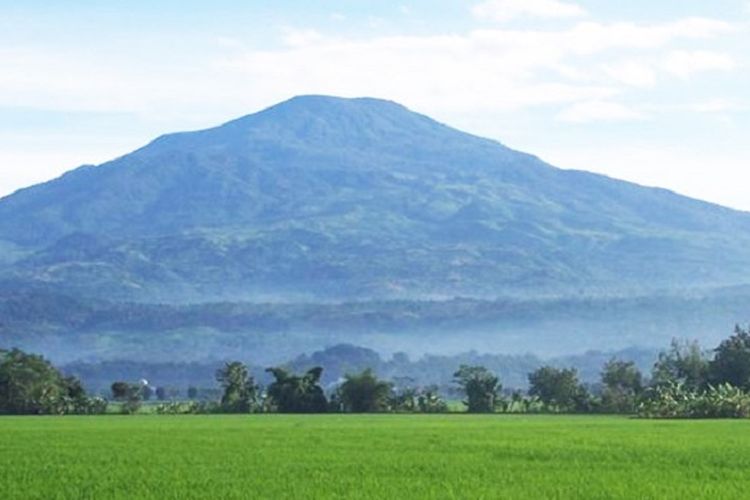 West Java borders Jakarta and Banten province to the west and Central Java to the east. To the north is the Java Sea. To the south is the Indian Ocean. Unlike most other provinces in Indonesia which have their capitals in coastal areas, the provincial capital, Bandung, is located in the mountainous area in the centre of the province.
West Java borders Jakarta and Banten province to the west and Central Java to the east. To the north is the Java Sea. To the south is the Indian Ocean. Unlike most other provinces in Indonesia which have their capitals in coastal areas, the provincial capital, Bandung, is located in the mountainous area in the centre of the province.
Banten Province was formerly part of West Java but was created a separate province in 2000. West Java, in the densely populated western third of Java, is home to almost one out of every five Indonesians.
West Java and Banten provinces, as a part of the Pacific Ring of Fire, have more mountains and volcanoes than any of the other provinces in Indonesia. The vast volcanic mountainous region of inland West Java is traditionally known as Parahyangan (also known as Priangan or Preanger) which means “The abode of hyangs (gods)”.
It is considered as the heartland of the Sundanese people. The highest point of West Java is the stratovolcano Mount Cereme (3,078 meters) bordering Kuningan and Majalengka Regencies.

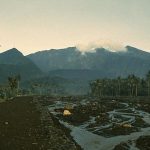
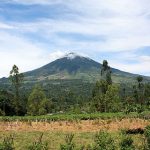
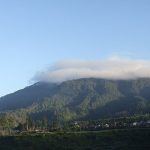

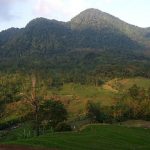


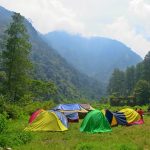
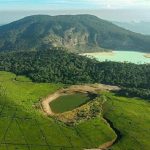


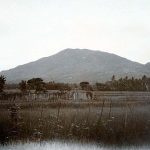











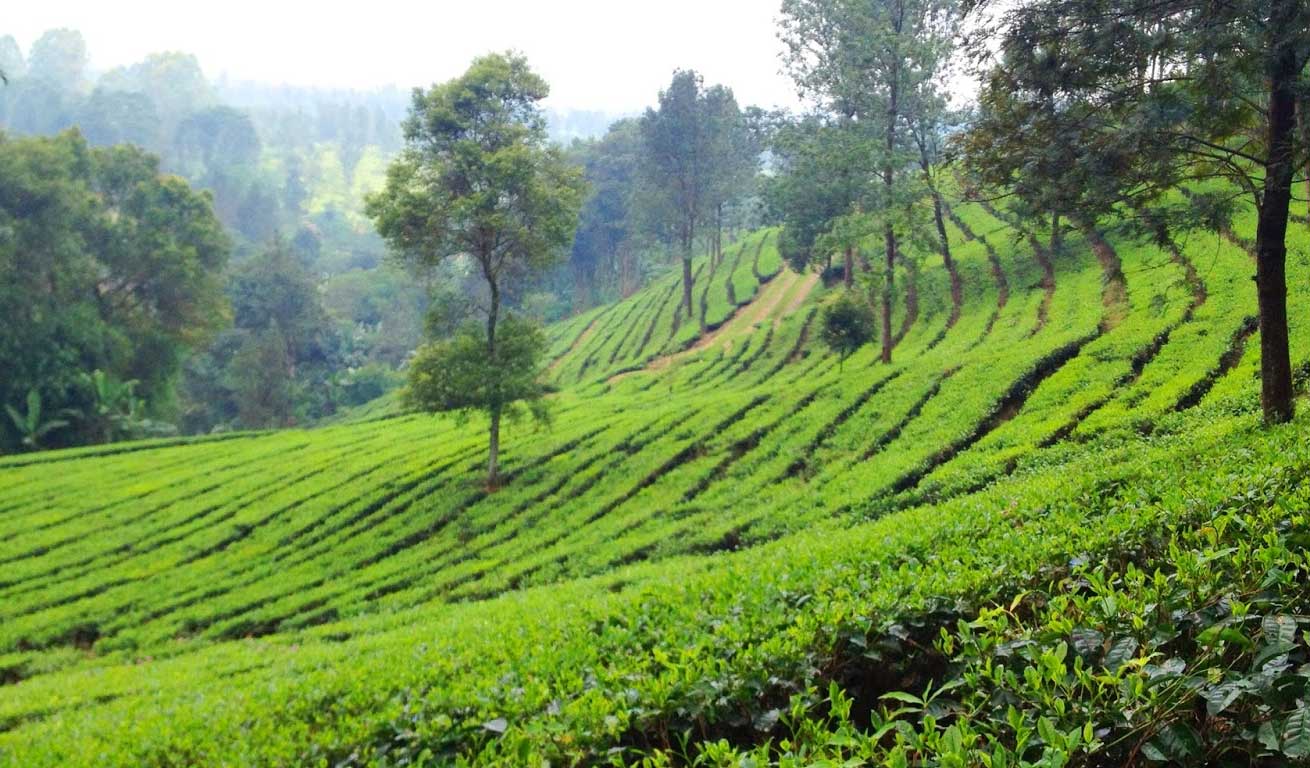 West Java has rich and fertile volcanic soil. Agriculture, mostly traditional dry rice cultivation (known as ladang or huma), has become the primary way of life of traditional Sundanese people.
West Java has rich and fertile volcanic soil. Agriculture, mostly traditional dry rice cultivation (known as ladang or huma), has become the primary way of life of traditional Sundanese people.
Since the era of the Dutch East India Company (VOC), West Java has been known as a productive plantation area for coffee, tea, quinine, and many other cash crops.
The mountainous region of West Java is also a major producer of vegetables and decorative flowering plants. The landscape of the province is one of volcanic mountains, steep terrain, forest, mountains, rivers, fertile agricultural land, and natural sea harbours.
Flowing through Bandung Basin to the northeast is Citarum River, the longest and most important river in the province. This 300-km long river is the site of three dams, namely Cirata Dam, Saguling Dam, and Jatiluhur Dam.
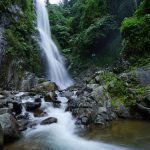
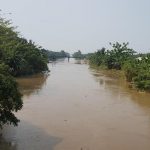
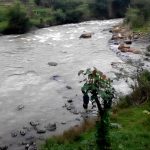
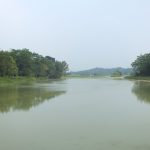
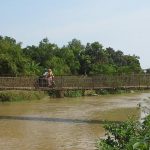

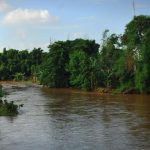
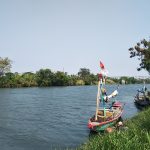
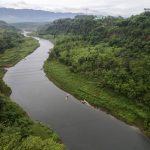
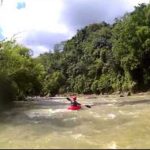
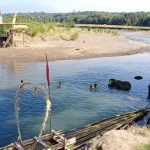

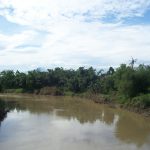
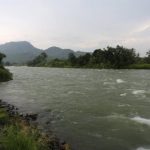
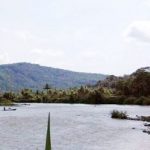

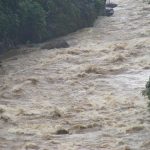
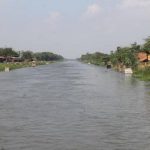
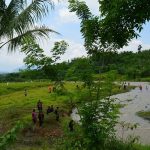

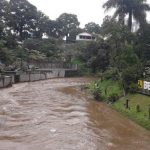
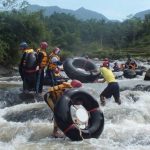
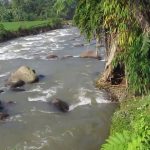












Economy
 Initially, the economy of the Sundanese people in West Java relied heavily on rice cultivation. Ancient kingdoms established in the province such as the Tarumanagara and Sunda Kingdom are known to have relied on rice taxes and agriculture revenues.
Initially, the economy of the Sundanese people in West Java relied heavily on rice cultivation. Ancient kingdoms established in the province such as the Tarumanagara and Sunda Kingdom are known to have relied on rice taxes and agriculture revenues.
The cycle of life of the ancient Sundanese people revolved around the rice crop cycle. Traditional rice harvest festivals such as the Seren Taun were important. The ancient goddess of rice, Nyai Pohaci Sanghyang Asri, is revered in Sundanese culture.
Traditionally, Sundanese people often used dry rice cultivation (ladang). After the Mataram expanded to the Priangan area in the early 17th century following the Sultan Agung campaign against Dutch Batavia, sawah (wet rice cultivation) began to be adopted in the northern lowlands of West Java.
Regencies such as Indramayu, Cirebon, Subang, Karawang and Bekasi are now well known as vital rice-producing areas. The mountainous region of West Java supplies vegetables, flower and much horticultural produce to Jakarta and Bandung, while animal farms in West Java produce dairy products and meats.

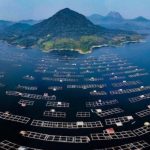

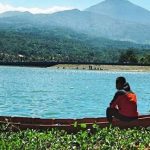
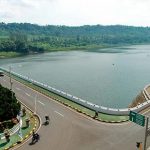
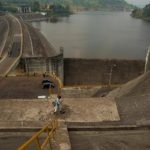
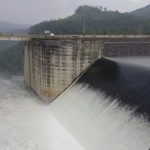
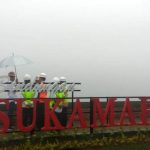














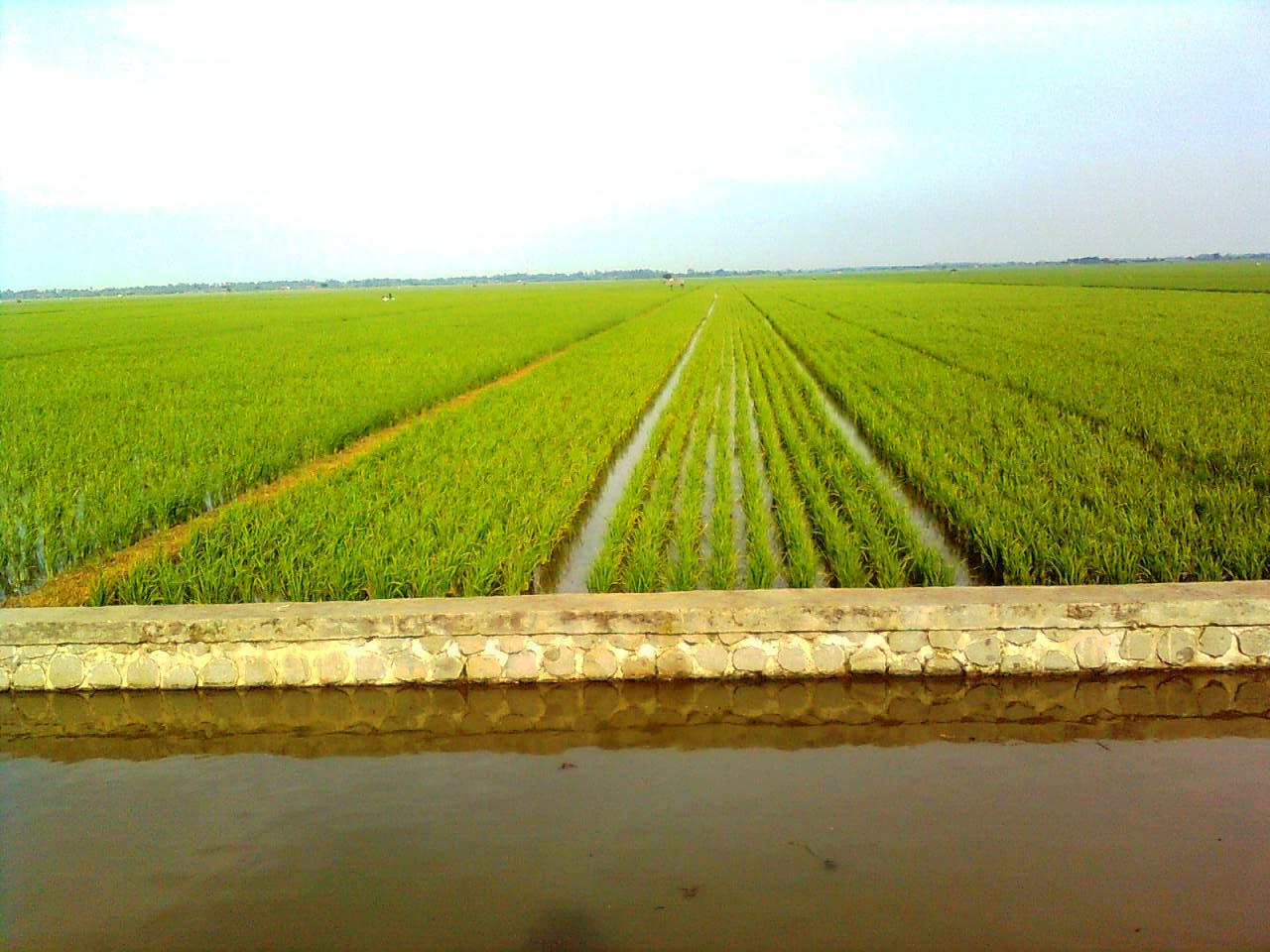 Natural resources
Natural resources
The total area of rice fields in West Java Province in 2006 was 9,488,623 km which produced 9,418,882 tons of paddy in 2006, consisting of 9,103,800 tons rice field paddy and 315,082 tons farmland paddy. Palawija (non-rice food) production, reached 2,044,674 tons with productivity 179.28 quintal per ha. Nevertheless, the widest plant’s width is for corn commodity which reaches 148,505 ha. West Java also produces horticulture consists of 2,938,624 tons vegetables, 3,193,744 tons fruits, and 159,871 tons medicines plants/ bio pharmacology.
Forest in West Java covers 764,387.59 ha or 20.62% from the total size of the province. It consists of productive forest 362,980.40 ha (9.79%), protected forest 228,727.11 ha (6.17%), and conservation forest 172,680 ha (4.63%). Mangrove forest reaches 40,129.89 ha, and spread in 10 regencies where coasts are available. Besides, there is also another protected forest of about 32,313.59 ha organised by Perum Perhutani Unit III West Java and Banten.
From the productive forest, in 2006 West Java harvested crop of about 200,675 m³ wood, although the need for wood in this province every year is about 4 million m³. Until 2006, populace forest’s width 214,892 ha with wood production is about 893,851.75 m³. West Java also produces non-forest’s crop which is potential enough to be developed as forestry work, such as silk, mushroom, pine, dammar, maleleuca, rattan, bamboo, and swallow bird’s nest.
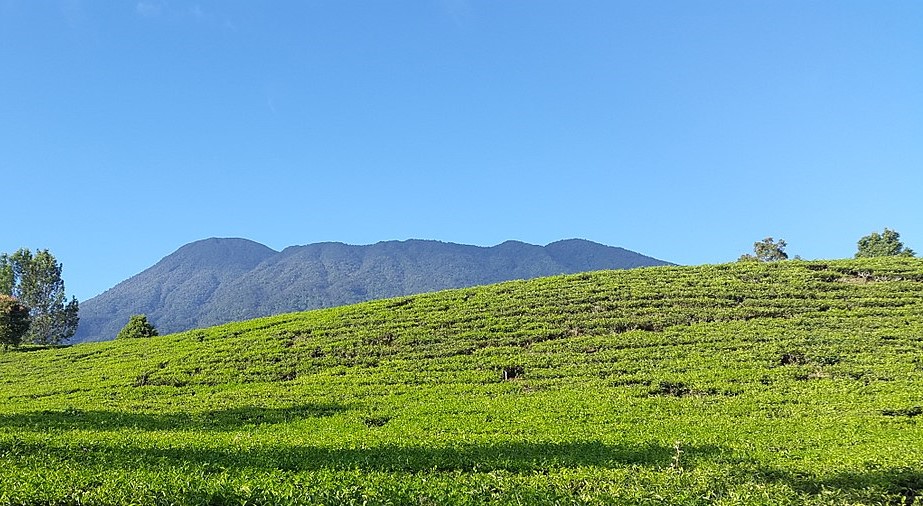 In the fishery sector, commodities include goldfish, nila fish, milkfish, freshwater catfish, windu shrimp, green mussel, gouramy, patin, seaweed and vaname shrimp. In 2006, this province harvested 560,000 tons of fish from fishery cultivation crop and brackish or 63.63% from fishery production total in West Java.
In the fishery sector, commodities include goldfish, nila fish, milkfish, freshwater catfish, windu shrimp, green mussel, gouramy, patin, seaweed and vaname shrimp. In 2006, this province harvested 560,000 tons of fish from fishery cultivation crop and brackish or 63.63% from fishery production total in West Java.
In the poultry field, dairy cow, domestic poultry, and ducks are common commodities in West Java. 2006 data stated that there are 96,796 dairy cows (25% of the national population), 4,249,670 sheep, 28,652,493 domestic poultries, and 5,596,882 ducks (16% of the national population). Now there are only 245,994 beef cattle in West Java (3% national population), whereas the need every year is about 300,000 beef cattle.
This province has many plantation crops, such as tea, cloves, coconut, rubber, cacao, tobacco, coffee, sugar, palm and akar wangi (Chrysopogon zizanioides). From all those commodities, cloves, coconut, rubber, cocoa, tobacco, and coffee are common in West Java. From area side, the best productivity, that is plan area’s width equals with the plant’s width that produces tobacco and sugar palm commodities. From the production side, the highest productivity is oil palm (6.5 tons per ha) and sugar palm (5.5 tons per ha).
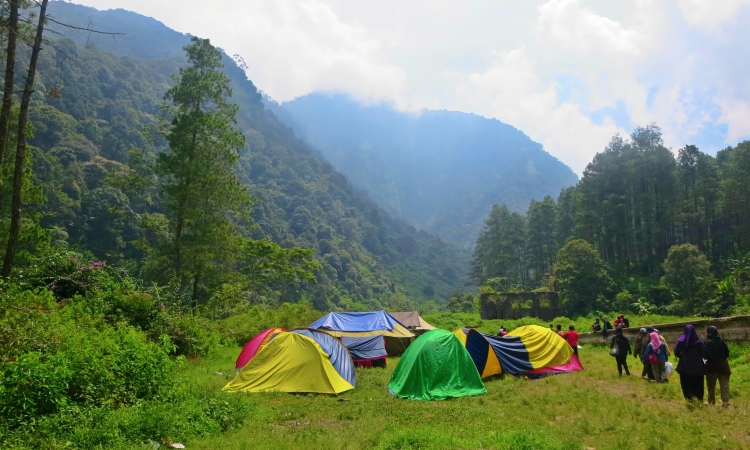 Tourism
Tourism
Tourism is an important industry in West Java, and the Bandung and Puncak areas have long been known as popular weekend destinations for Jakartans. Today, Bandung has developed into a shopping destination, popular not only among locals, but also with neighbouring Malaysian and Singaporean visitors.
The history-rich coastal city of Cirebon is also a cultural tourism destination since the city has several kratons and historical sites such as Gua Sunyaragi. Other tourist destinations include the Bogor Botanical Garden, Safari Park of Indonesia, Tangkuban Perahu crater, Pelabuhanratu Bay, Ciater hot springs, Kawah Putih crater to the south of Bandung, Pangandaran beach, and various mountain resorts in Cianjur, Garut, Tasikmalaya, and Kuningan.
In addition, there are three national parks located in the province of West Java, namely; Mount Ciremai National Park, Mount Halimun-Salak National Park, and Mount Gede Pangrango National Park, which are also the World Network of Biosphere Reserves.










Demographics
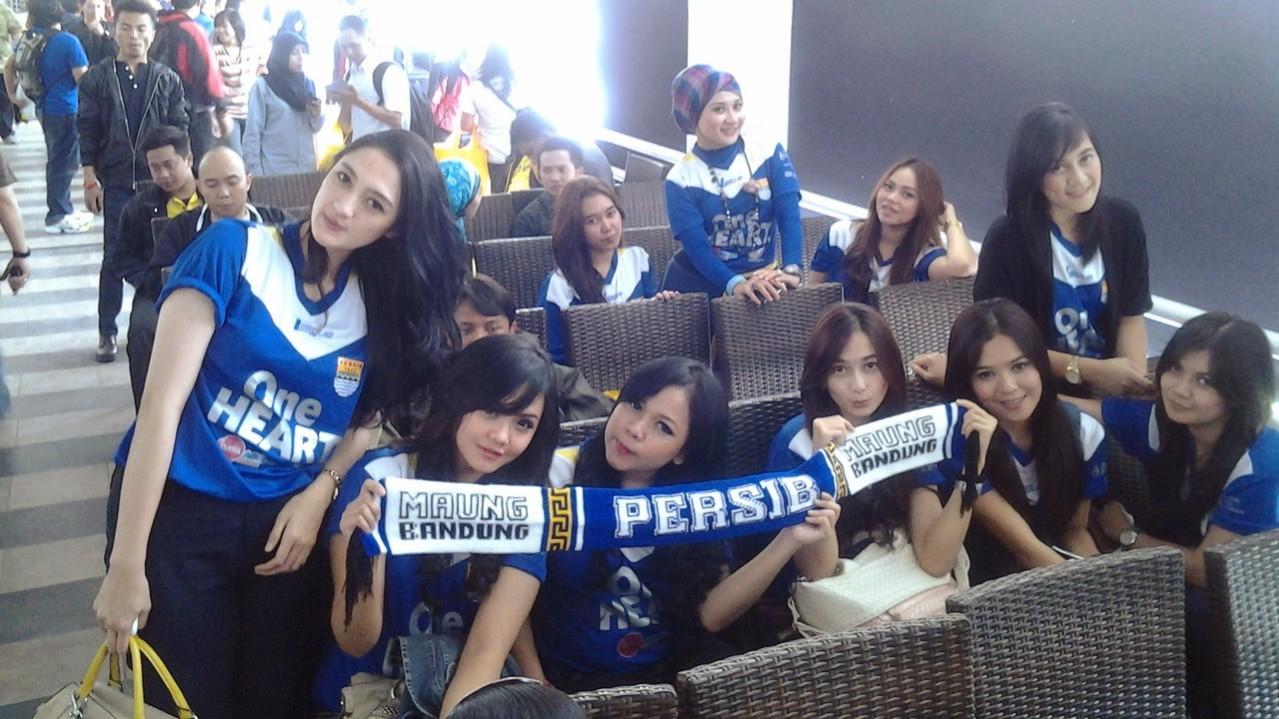 The population of West Java was put at 43,054,000 in mid-2010, making it the most populous province of Indonesia, home to 18% of the national total on 1.8% of the country’s land. Aside from the special district of Jakarta, it is the most densely populated province in the country with an average of 1,411.5 people per km² (2020 data). The population growth rate recorded in the ten years to 2010 was 1.9%.
The population of West Java was put at 43,054,000 in mid-2010, making it the most populous province of Indonesia, home to 18% of the national total on 1.8% of the country’s land. Aside from the special district of Jakarta, it is the most densely populated province in the country with an average of 1,411.5 people per km² (2020 data). The population growth rate recorded in the ten years to 2010 was 1.9%.
Ethnic and linguistic composition
West Java is the native homeland of Sundanese people which forms the largest ethnic group in West Java, followed by Javanese who migrated to the province centuries ago. Since Jakarta and the surrounding area, including West Java, is the business and political centre of Indonesia, the province has attracted various people from other parts of Indonesia. Other Native Indonesian ethnic groups such as Minangkabau, Batak, Malay, Madurese, Balinese, Ambonese and many other Indonesians who migrated to and settled in West Java cities can also be easily found. The urban areas also have a significant population of Chinese Indonesians.
In addition to Indonesian, the official national language, the other widely spoken language in the province is Sundanese. In some areas near the southern borders with Central Java, Javanese is also spoken. The main language spoken in Cirebon and nearby areas (Majalengka, Indramayu, Sumber) is Cirebonese, a dialect of Javanese with Sundanese influence. Indonesian is widely spoken as a second language.


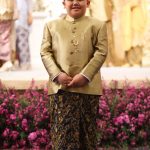
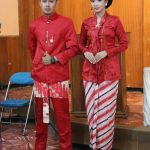

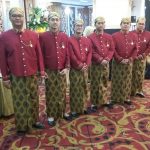














Culture
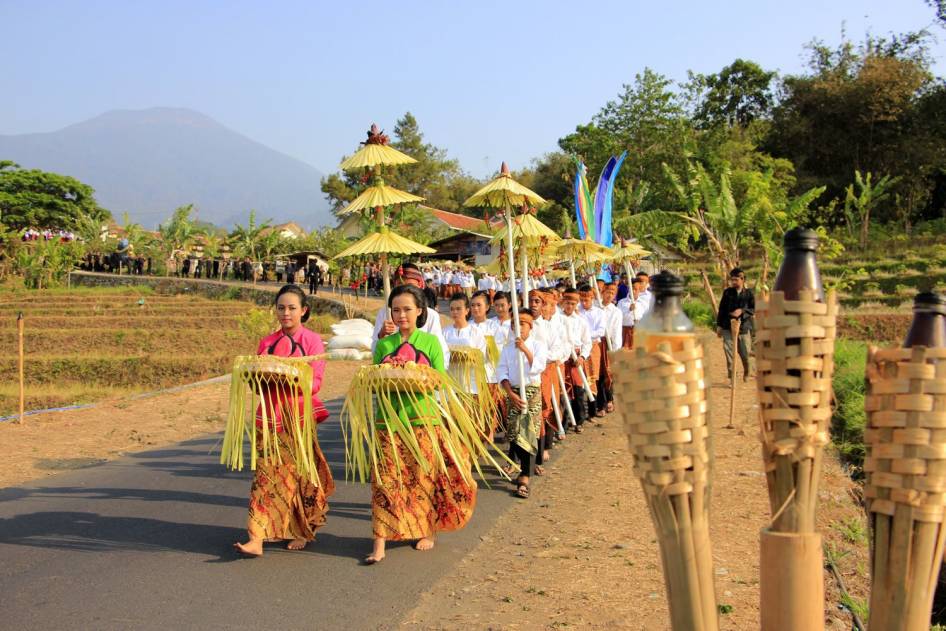 The Sundanese share the Java island with the Javanese and primarily live in West Java. Although the Sundanese live on the same island as the Javanese, their culture is distinct and likewise consider themselves to live in a separate cultural area called Pasundan or Tatar Sunda.
The Sundanese share the Java island with the Javanese and primarily live in West Java. Although the Sundanese live on the same island as the Javanese, their culture is distinct and likewise consider themselves to live in a separate cultural area called Pasundan or Tatar Sunda.
Someone moving from West Java to Central or East Java is literally said to be moving from Sunda to Java worlds. Bandung is considered as the cultural heartland of Sundanese people, and many indigenous Sundanese artforms were developed in this city. The nearby province of Banten is similar in this regard and is also considered to be part of Pasundan as well.
Gamelan orchestra
The musical arts of Sunda, which is an expression of the emotions of Sundanese culture, express politeness and grace of Sundanese. Degung orchestra consists of Sundanese gamelan.
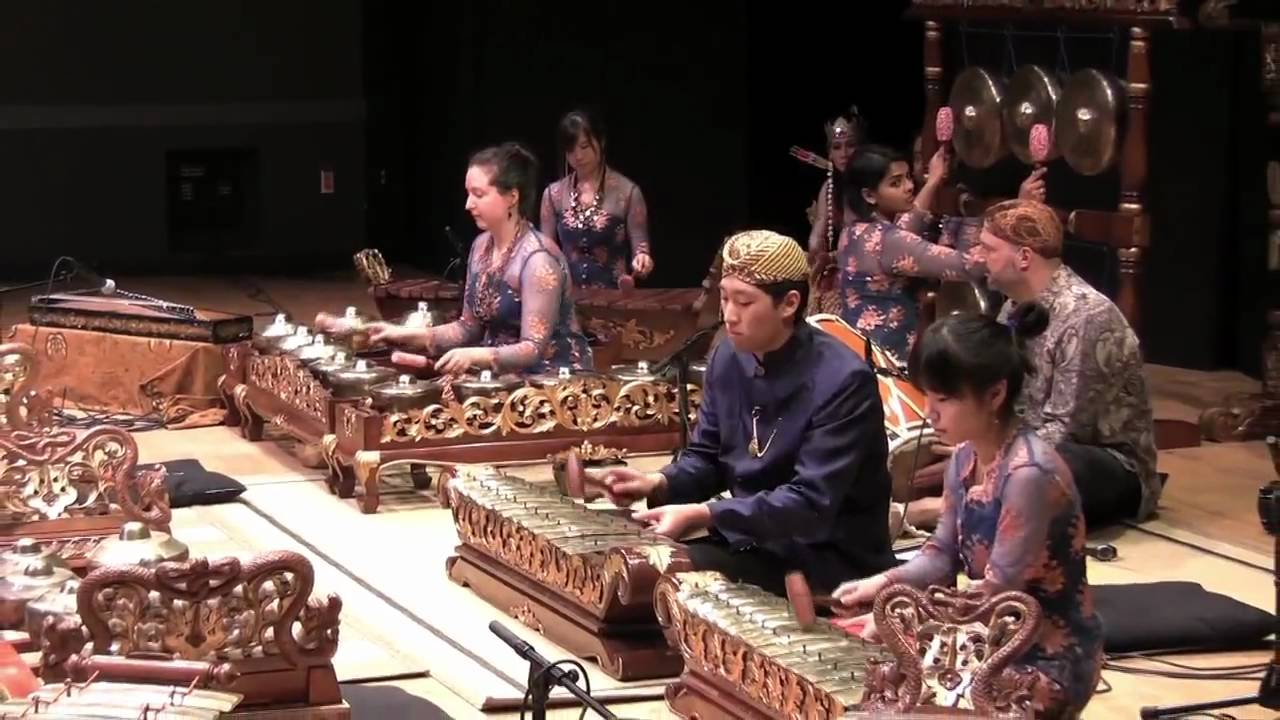 In addition to the Sundanese forms of Gamelan in Parahyangan, the region of Cirebon retains its own distinct musical traditions. Amongst Cirebons’ varying Gamelan ensembles the two most frequently heard are Gamelan Pelog (a non-equidistant heptatonic tuning system) and Gamelan Prawa (a semi-equidistant pentatonic tuning system).
In addition to the Sundanese forms of Gamelan in Parahyangan, the region of Cirebon retains its own distinct musical traditions. Amongst Cirebons’ varying Gamelan ensembles the two most frequently heard are Gamelan Pelog (a non-equidistant heptatonic tuning system) and Gamelan Prawa (a semi-equidistant pentatonic tuning system).
Gamelan Pelog is traditionally reserved for Tayuban, Wayang Cepak, and listening and dance music of the Kratons in Cirebon, while Gamelan Prawa is traditionally reserved for Wayang Purwa. Cirebon also retains specialised Gamelan ensembles including Sekaten, which is played in the Kratons to mark important times in the Islamic calendar, Denggung, also a Kraton ensemble, which is believed to have some “supernatural powers”, and Renteng, an ensemble found in both Cirebon and Parahyangan known for its loud and energetic playing style.
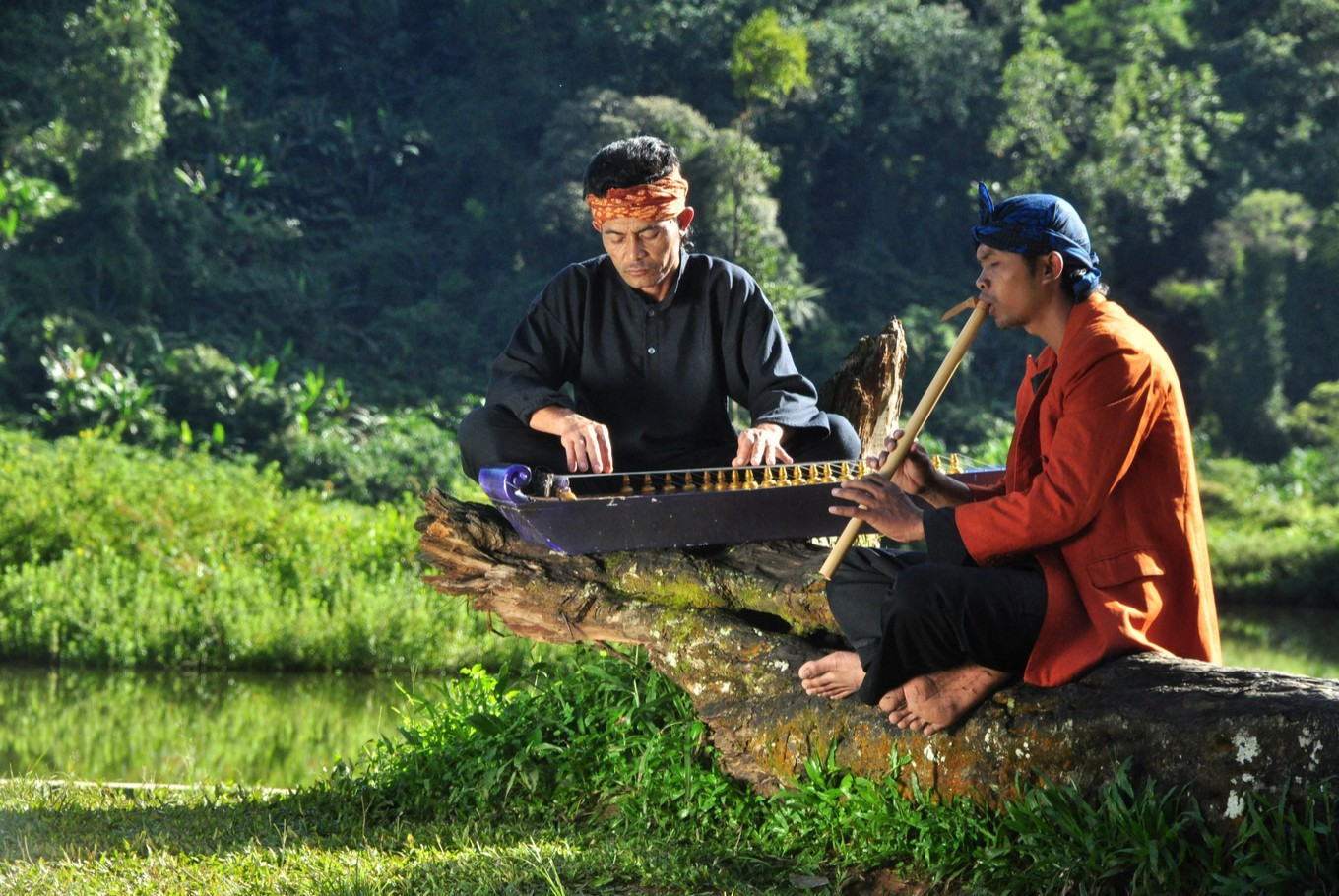 Zither ensembles
Zither ensembles
Tembang Sunda is a genre of Sundanese vocal music accompanied by a core ensemble of two Kacapi (zither) and a Suling (bamboo flute). The music and poetry of tembang Sunda are closely associated with the Parahyangan, the highland plateau that transverses the central and southern parts of Sunda. The natural environment of Priangan, an agricultural region surrounded by mountains and volcanoes, is reflected in some songs of the tembang Sunda.
Kacapi suling is tembang Sunda minus vocal.
Tarawangsa is a genuine popular art is performed on ensemble consists of tarawangsa (a violin with an end pin) and the jentreng (a kind of seven-stringed zither). It is accompanied by a secret dance called Jentreng. The dance is a part of a ritual celebrating the goddess of paddy Dewi Sri. Its ceremonial significance is associated with a ritual of thanksgiving associated with the rice harvest. Tarawangsa can also be played for healing or even purely for entertainment.
Bamboo ensembles
The three main types of Sundanese bamboo ensembles are angklung, calung, karinding and arumba. The exact features of each ensemble vary according to context, related instruments, and relative popularity.
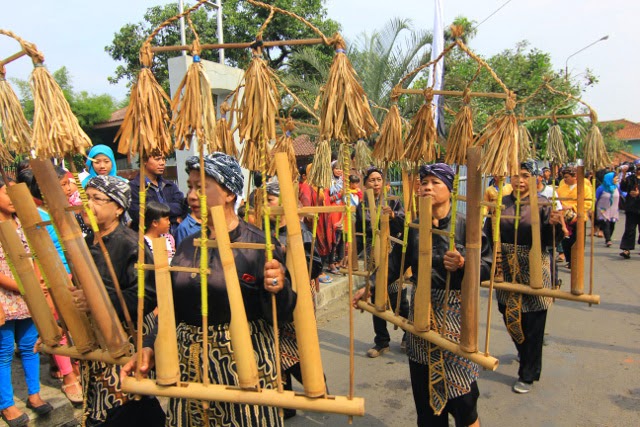 Angklung is a generic term for sets of tuned, shaken bamboo rattles. Angklung consists of a frame upon which hang several different lengths of hollow bamboo. Angklungs are played like handbells, with each instrument played to a different note. Angklung rattles are played in interlocking patterns, usually with only one or two instruments played per person.
Angklung is a generic term for sets of tuned, shaken bamboo rattles. Angklung consists of a frame upon which hang several different lengths of hollow bamboo. Angklungs are played like handbells, with each instrument played to a different note. Angklung rattles are played in interlocking patterns, usually with only one or two instruments played per person.
The ensemble is used in Sundanese processions, sometimes with trance or acrobatics. Performed at life-cycle rituals and feasts (hajat), angklung is believed to maintain balance and harmony in the village. In its most modern incarnation, angklung is performed in schools as an aid to learning music.
The Angklung received international attention when Daeng Soetigna, from Bandung, expanded the angklung notations not only to play traditional pélog or sléndro scales but also diatonic scale in 1938. Since then, angklung is often played together with other Western musical instruments in an orchestra. One of the first well-known performances of angklung in an orchestra was during the Bandung Conference in 1955.
Like those in angklung, the instruments of the calung ensemble are of bamboo, but each consists of several differently tuned tubes fixed onto a piece of bamboo; the player holds the instrument in his left hand and strikes it with a beater held in his right. The highest-pitched calung has the highest number of tubes and the densest musical activity; the lowest-pitched, with two tubes, has the least. Calung is nearly always associated with earthy humour, and is played by men.
Arumba refers to a set of diatonically tuned bamboo xylophones, often played by women. It is frequently joined by modern instruments, including a drum set, electric guitar, bass, and keyboards.
 Theatre
Theatre
Wayang golek is a traditional form of puppetry from Sunda. Unlike the better-known leather shadow puppets (wayang kulit) found in the rest of Java and Bali, wayang golek puppets are made from wood and are three-dimensional, rather than two. They use a banana palm in which the puppets stand, behind which one puppeteer (dalang) is accompanied by his gamelan orchestra with up to 20 musicians.
The gamelan uses a five-note scale as opposed to the seven-note western scale. The musicians are guided by the drummer, who in turn is guided by signals from the puppet master dalang gives to change the mood or pace required. Wayang golek are used by the Sundanese to tell the epic play “Mahabarata”, and various other morality-type plays.
Sandiwara Sunda or Longser is a type of sandiwara or folk teather performed in Sundanese and presenting Sundanese themes, folklores and stories.
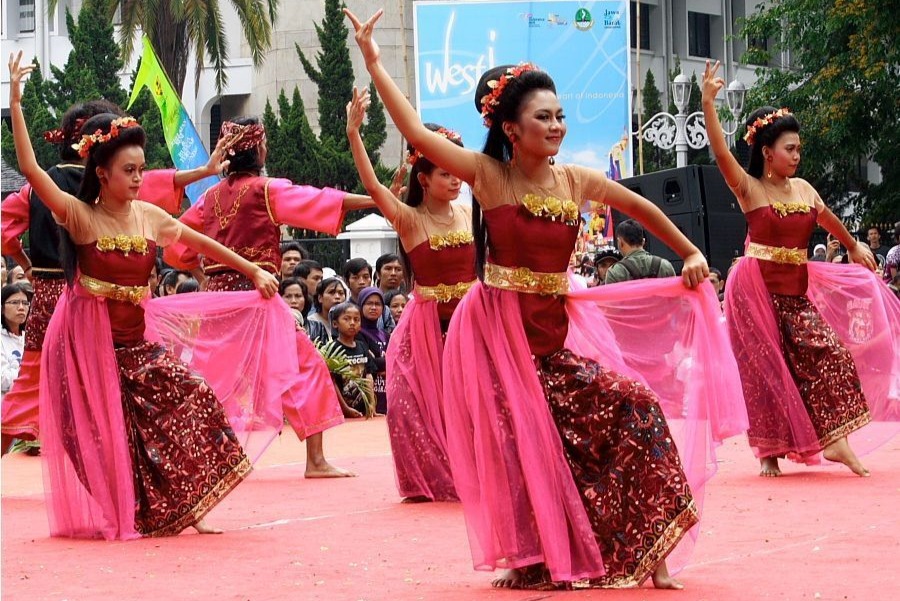 Dance
Dance
Sundanese dance shows the influence of the many groups that have traded and settled in the area over the centuries, and includes variations from graceful to dynamic syncopated drumming patterns, quick wrist flicks, sensual hip movements, and fast shoulder and torso isolations.
Jaipongan is probably the most popular traditional social dance of Sundanese people. It can be performed in solo, grups, or pair. The Tari Merak (Peafowl Dance) is a female dance inspired by the movements of a peafowl and its feathers blended with the classical movements of the Sundanese dance.
Folktales and legend stories
There are stories and folktales transcribed from Pantun Sunda stories. Among the most well-known folktale and stories are:
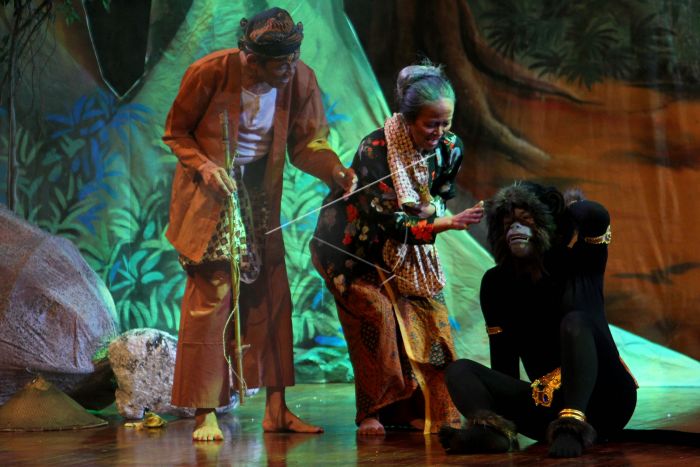 Mundinglaya Dikusumah, which tells of Mundinglaya visiting Jabaning Langit to find layang Salaka Domas. It is a symbolic story of Surawisesa visiting Malaka to establish a peace treaty with the Portuguese before 1522.
Mundinglaya Dikusumah, which tells of Mundinglaya visiting Jabaning Langit to find layang Salaka Domas. It is a symbolic story of Surawisesa visiting Malaka to establish a peace treaty with the Portuguese before 1522.
Lutung Kasarung, tells the life of a beautiful princess, in the era of Pasir Batang kingdom, a vassal of Sunda kingdom. She faces the evil of her older sister willing to seize her right as a queen.
Ciung Wanara, tells of the fight of two princes of Sunda kingdom and the history of Cipamali river (present-day Brebes river) as a boundary between Sundanese and Javanese territories. Sangkuriang, which tells the story of the creation of Mount Tangkuban Parahu and the ancient lake Bandung.
Nyai Loro Kidul (also spelt Nyi Roro Kidul) is a legendary female spirit or deity, known as the Queen of the Southern Sea of Java (Indian Ocean or Samudra Kidul south of Java island) in Sundanese as well in Javanese mythology.
Kabupaten & Kotamadya
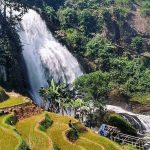
Cianjur
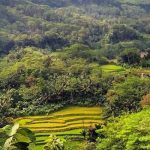
Ciamis
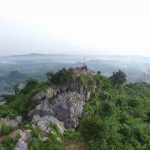
Bogor

Bekasi

Bandung Barat
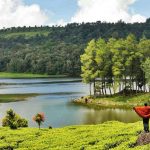
Bandung
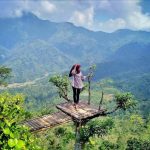
Banjar

Tasikmalaya
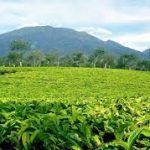
Sumedang
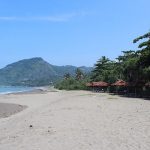
Sukabumi
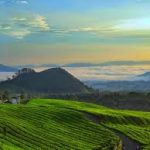
Subang
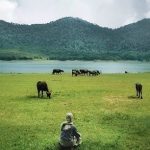
Purwakarta
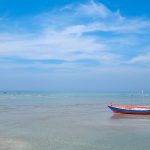
Karawang

Pangandaran
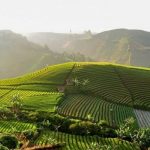
Majalengka
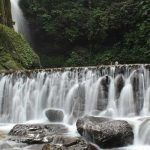
Kuningan

Indramayu
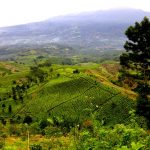
Garut
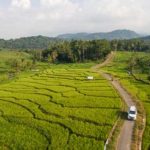
Cirebon

Cianjur

Ciamis

Bogor

Bekasi

Bandung Barat

Bandung

